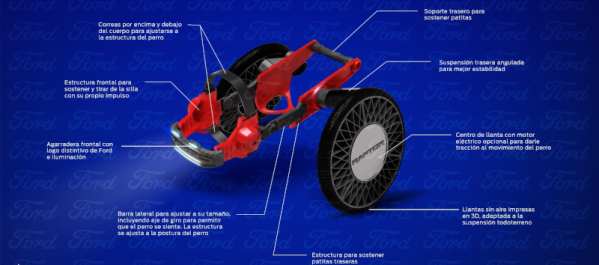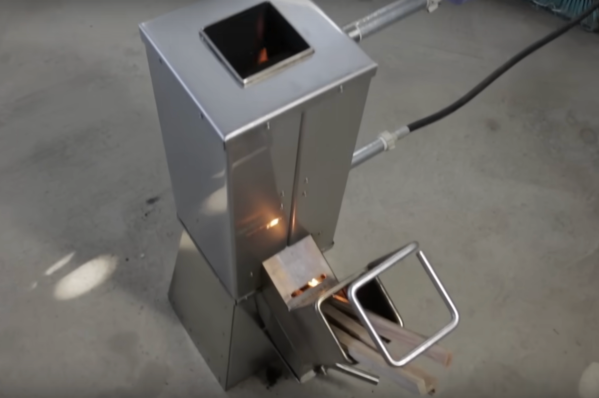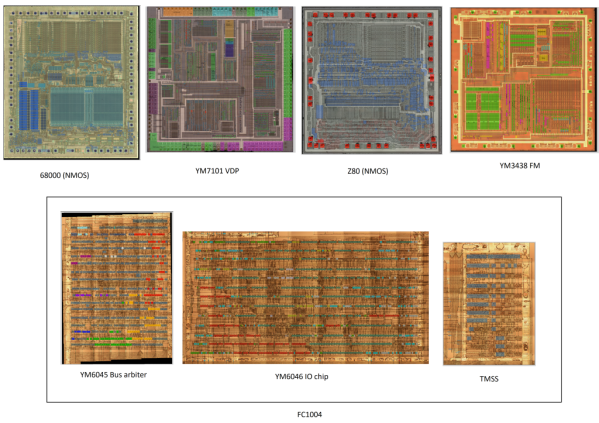For a lot of us, soldering has become so ingrained that it’s muscle memory. We know exactly when the iron is hot enough, how long to leave the tip in contact with the joint to heat it up, and exactly where to dab in the solder to get it to flow. When you’re well-practiced it can be a beautiful thing, but for those who don’t do it frequently, soldering can be frustrating indeed.
The “Solder Sustainer” looks like it just might be aimed at solving that problem, as well as a few others. It comes to us from [RoboticWorx], and while it looks a little like the love child of a MIG welder and a tattoo machine, it’s got a lot going for it. The idea is to make soldering a one-handed task by combining the soldering iron and a solder wire feeder into one compact package. The solder feeder is very reminiscent of a filament extruder on a 3D printer, using a stepper to drive spring-loaded pinch wheels, which forces the solder down a curved 3D-printed tube that directs it toward the tip. The pancake stepper is driven by an ESP32, which also supports the touch sensor that lets you advance the solder. The whole thing can be powered off a USB-C power supply, or using the onboard USB charger that can be connected in line with the soldering iron supply.
The video below shows Solder Sustainer in use. Yes, we know — some of those joints look a little iffy. But that seems to have more to do with technique than with the automatic solder feed. And really, in situations where you’ve previously wished for a third hand while soldering, this would probably be just the thing.
The Solder Sustainer is an entry in the “Gearing Up” round of the 2023 Hackaday Prize. If you’ve got an idea for a tool, jig, fixture, or instrument that makes hacking easier, we want to know about it. But you’d better hurry — the round ends on August 8.
Continue reading “Hackaday Prize 2023: One-Handed Soldering With The Solder Sustainer” →


















